Northern NS-622 User manual




















Table of contents
Other Northern Measuring Instrument manuals
Popular Measuring Instrument manuals by other brands
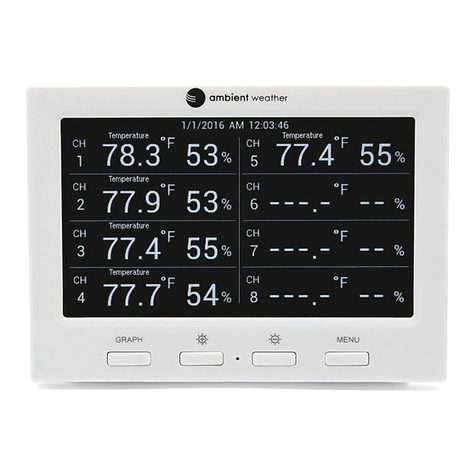
Ambient Weather
Ambient Weather WS-3000 user manual
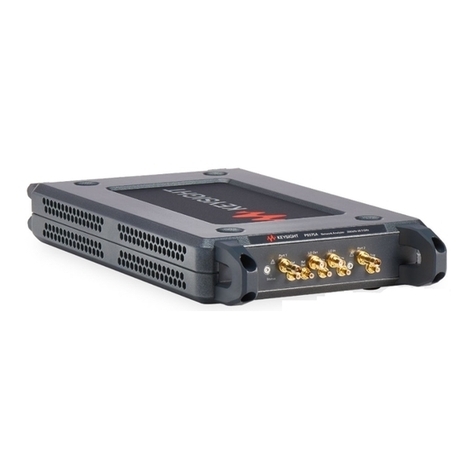
Keysight
Keysight Streamline Series Configuration guide
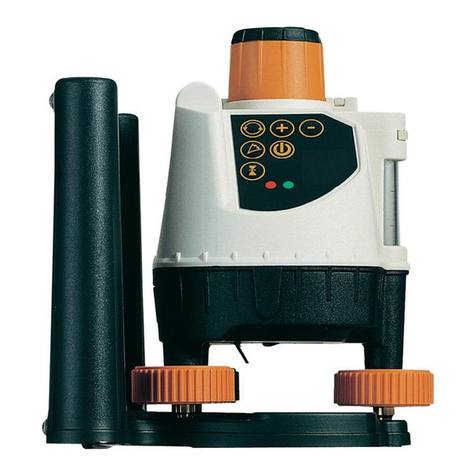
LaserLiner
LaserLiner BeamControl-Master BCM operating instructions
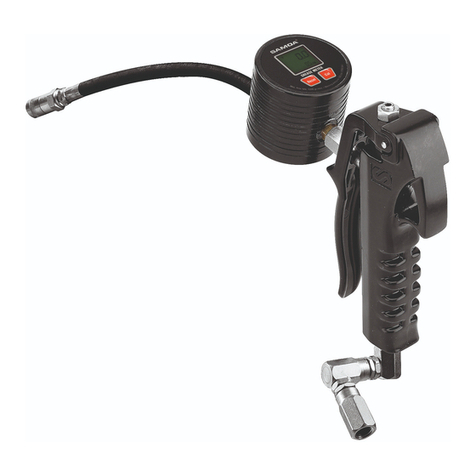
Samoa
Samoa 415000 Technical service guide
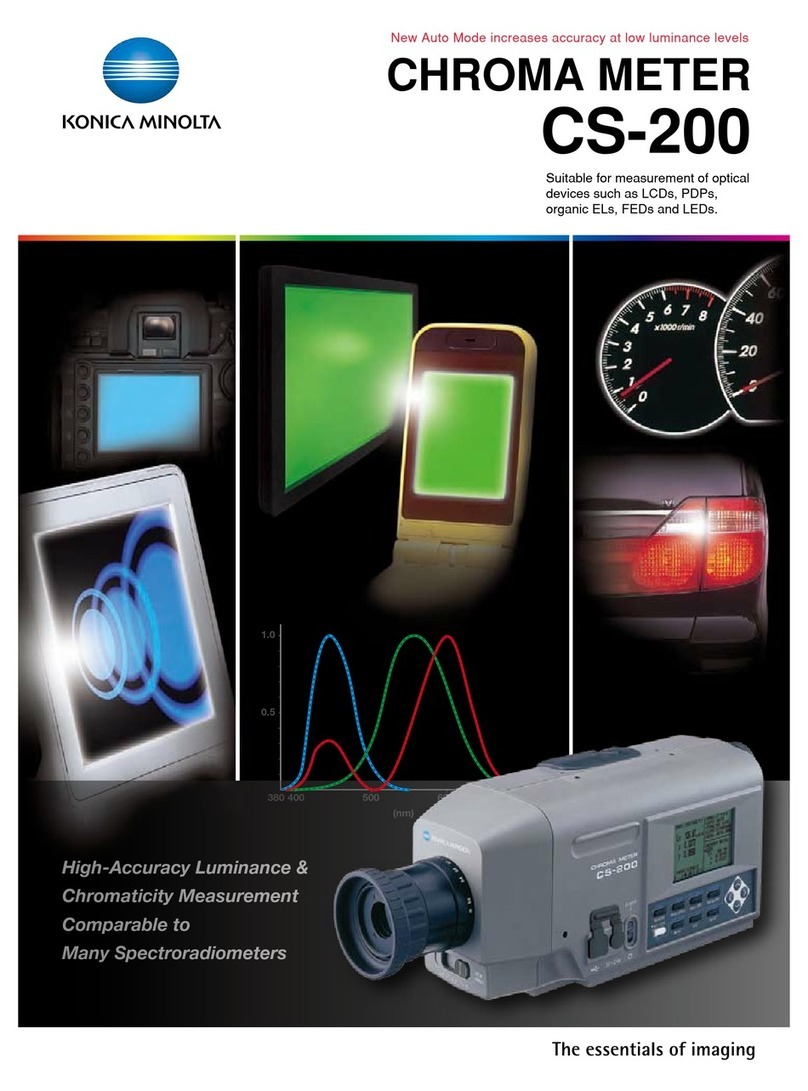
Konica Minolta
Konica Minolta CHROMA METER CS-200 brochure
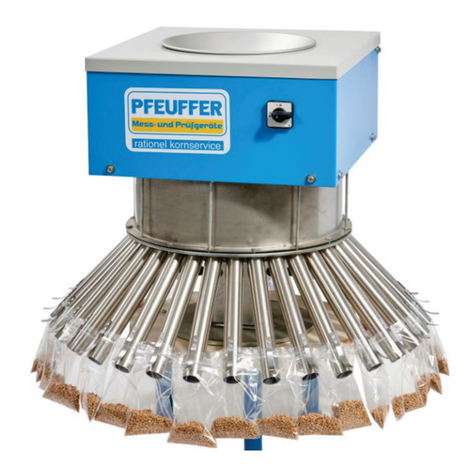
Pfeuffer
Pfeuffer 8 operating instructions

Blue-White industries
Blue-White industries Sonic-Pro S6A Series operating manual
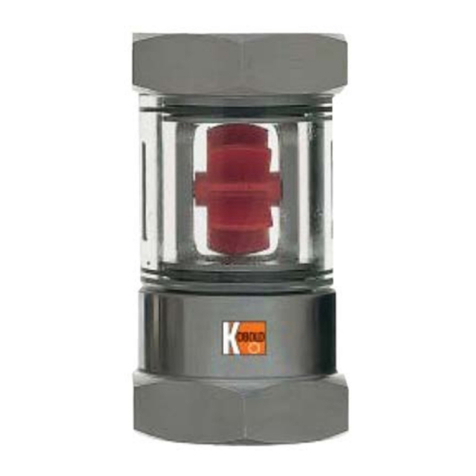
Kobold
Kobold DAH operating instructions

Bosch
Bosch GCL 2-15 G Professional Original instructions
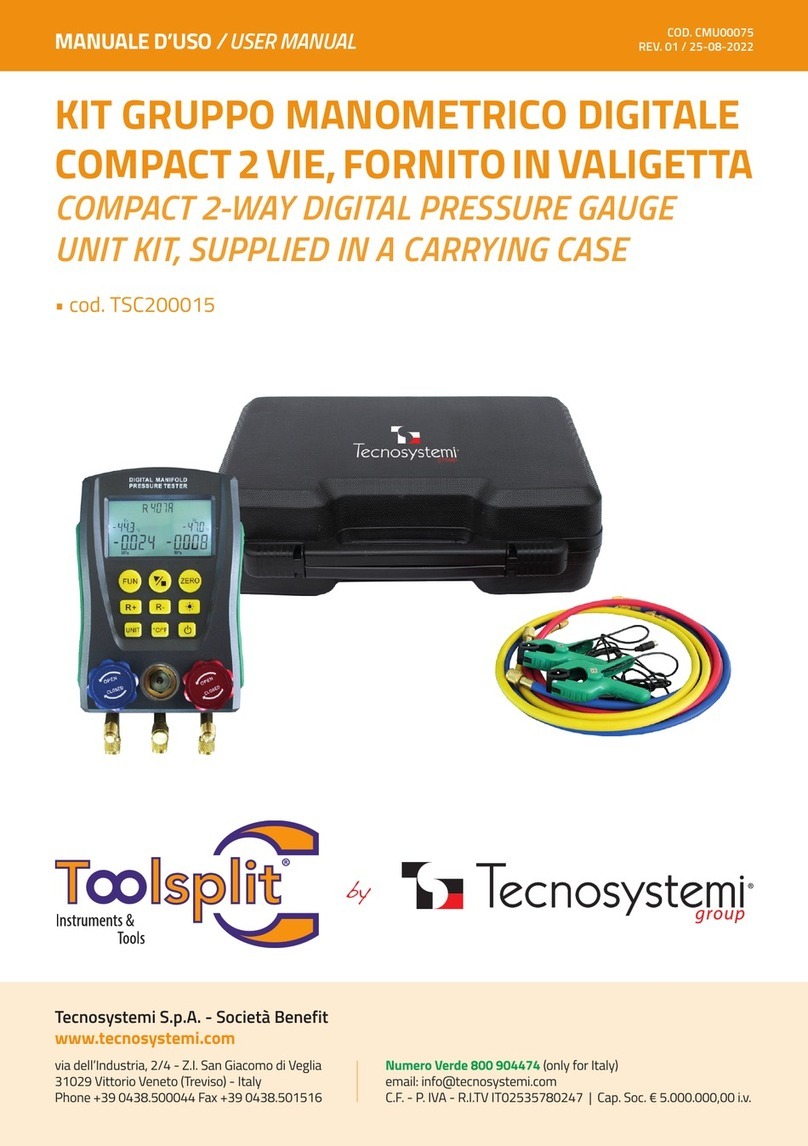
Tecnosystemi
Tecnosystemi Toolsplit TSC200015 user manual
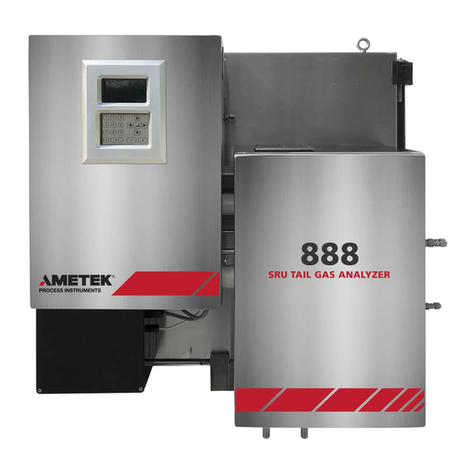
Ametek
Ametek 888 user manual

Emerson
Emerson Rosemount 3410 Series Maintenance and troubleshooting manual
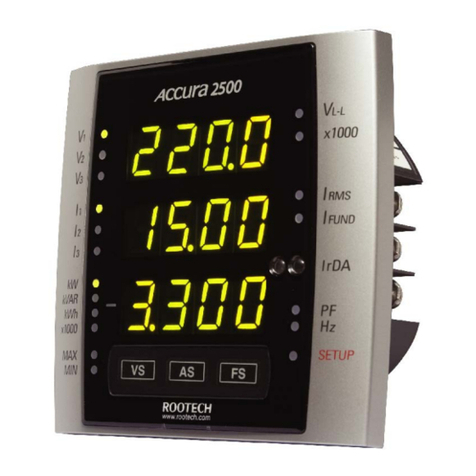
ROOTECH
ROOTECH ACCURA 2500 user guide
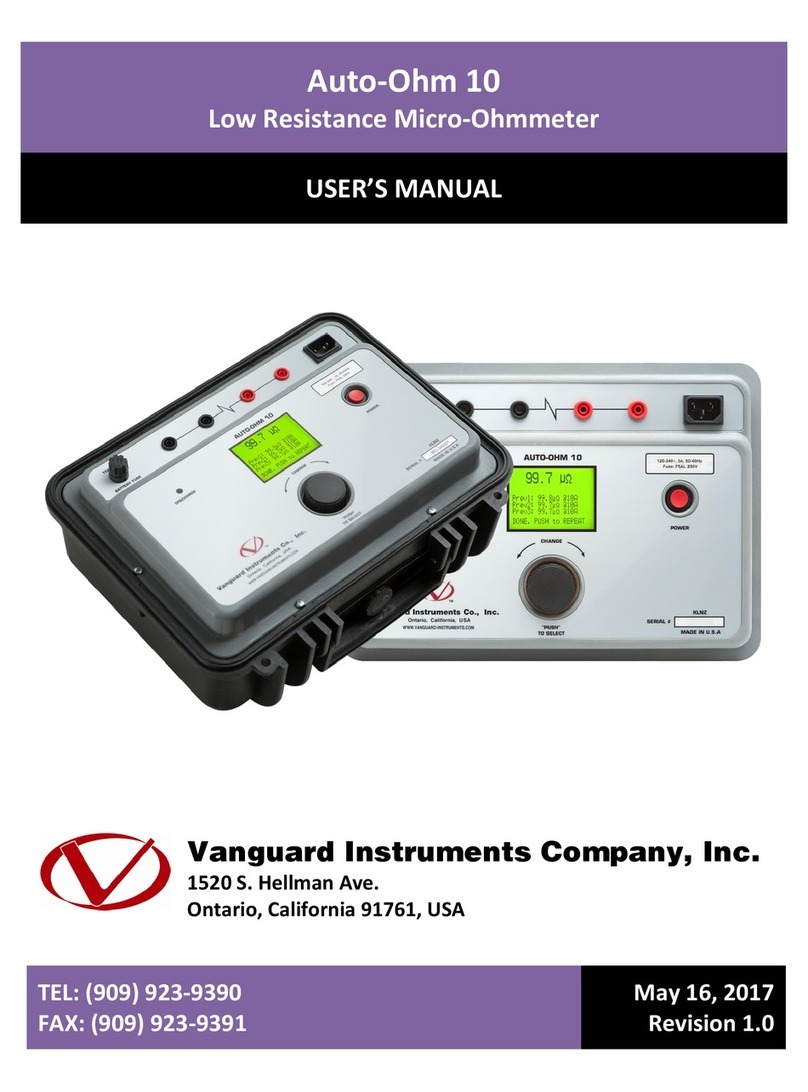
Vanguard Instruments
Vanguard Instruments Auto-Ohm 10 user manual
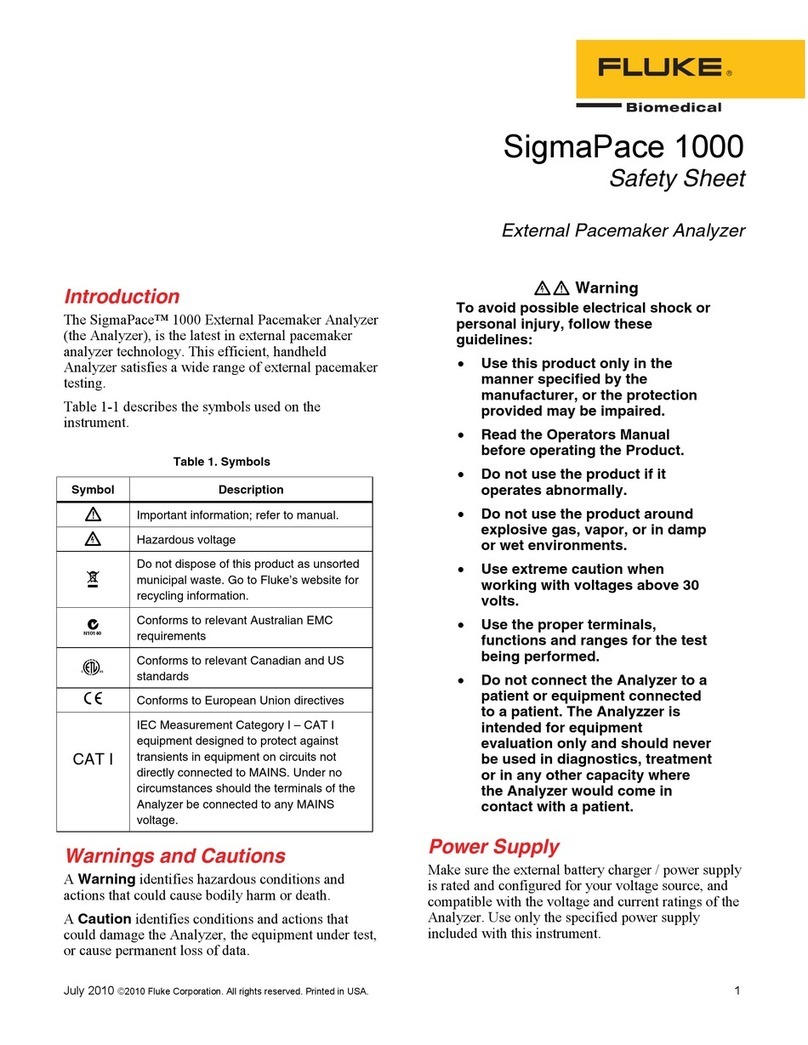
Fluke
Fluke SigmaPace 1000 Safety sheet
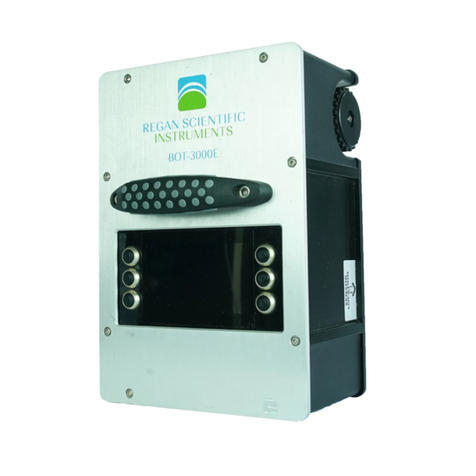
Regan Scientific Instruments
Regan Scientific Instruments BOT-3000E operating manual
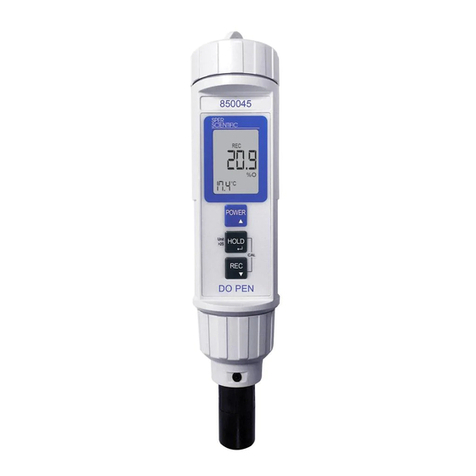
Sper scientific
Sper scientific 850045 instruction manual
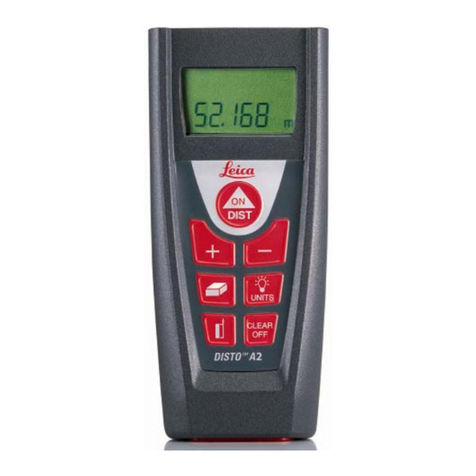
Leica Geosystems
Leica Geosystems DISTO A2 user guide
